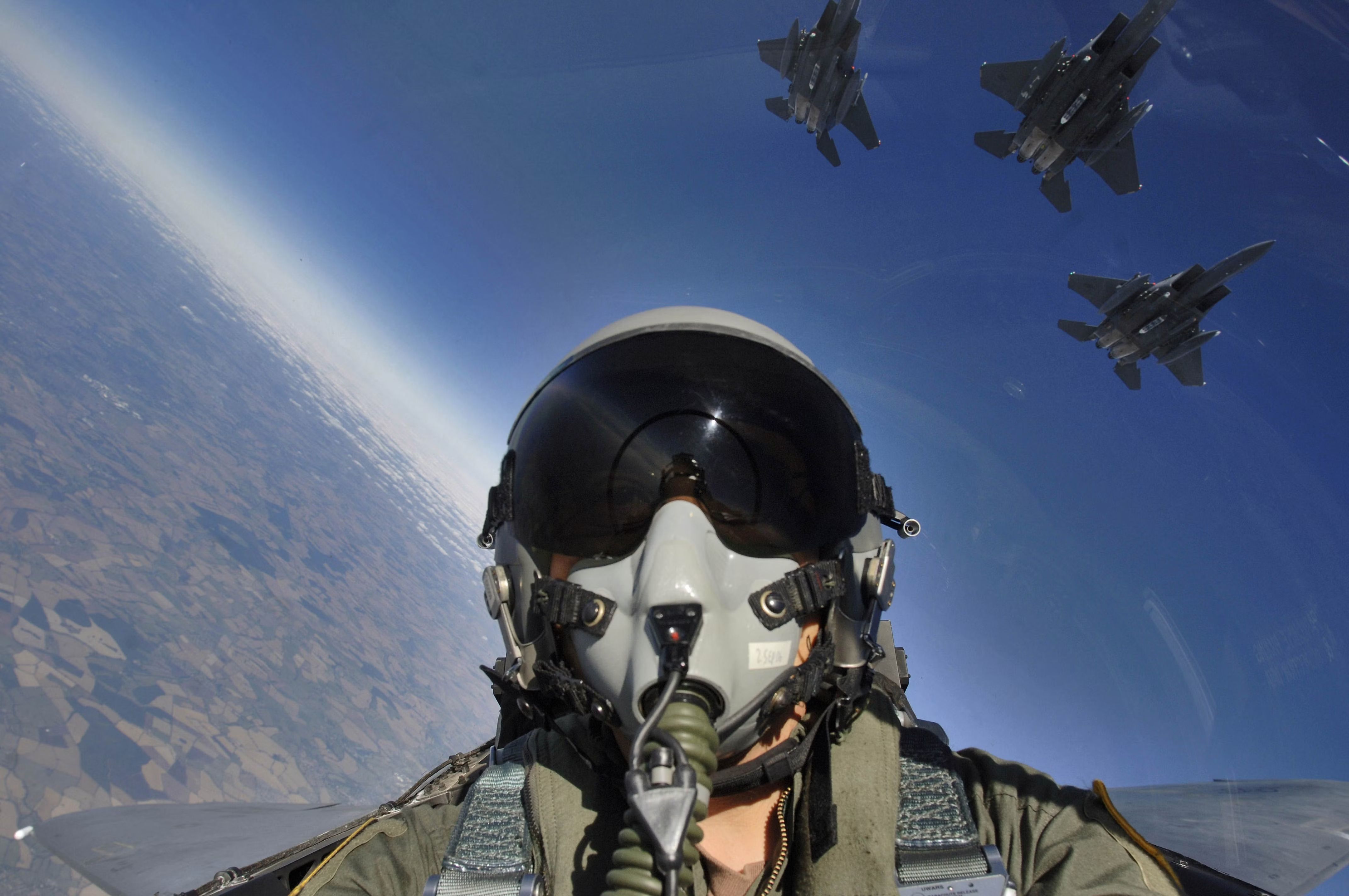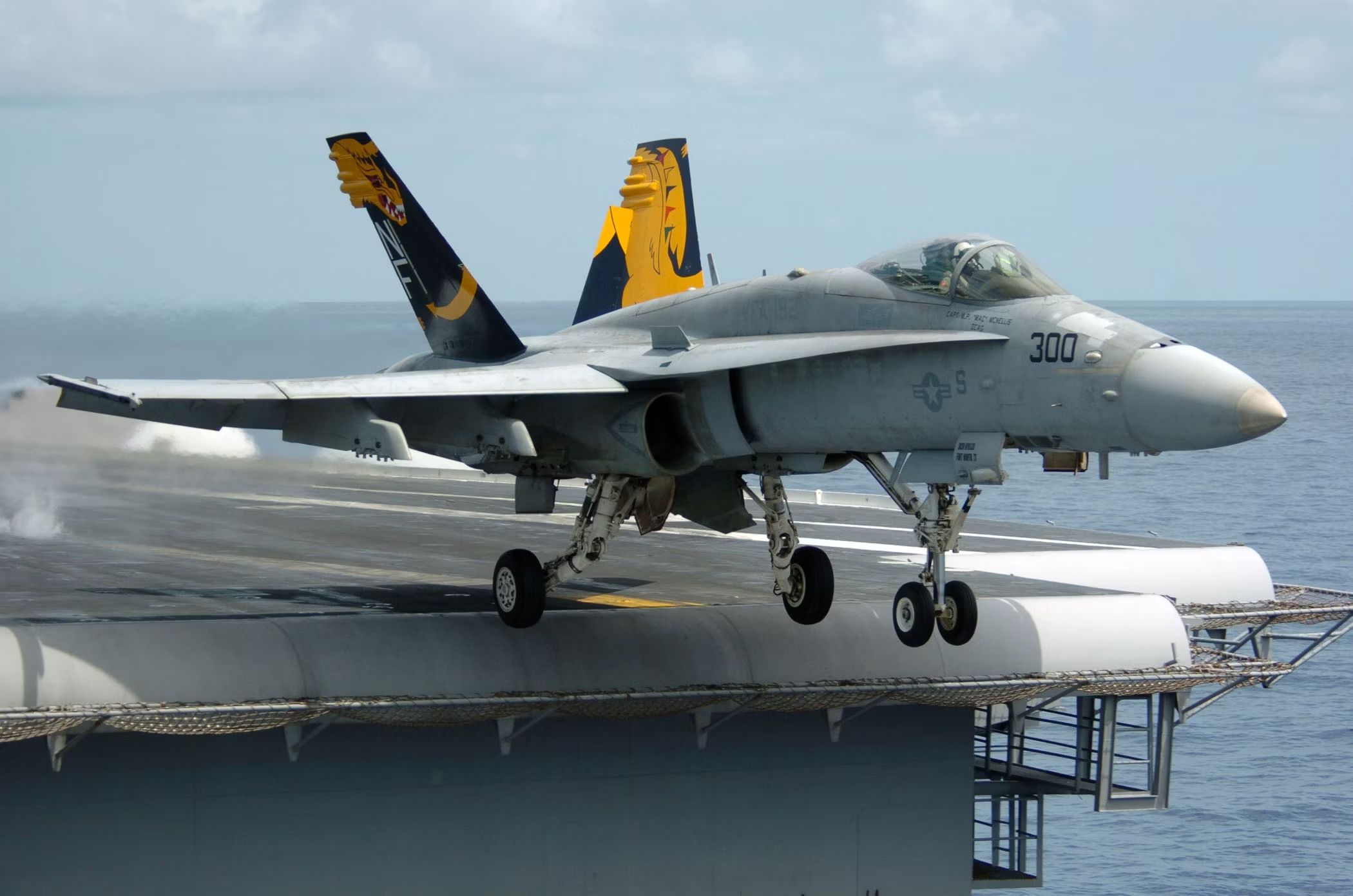Summary
- Fighter pilots train on a single aircraft type but may switch jets over time depending on personal preferences, demand, and aircraft retirements.
- They start their careers on trainer aircraft and eventually progress to a specific fighter jet type.
- While some pilots may have their names on aircraft for ceremonial events, they do not exclusively fly that jet, and pilots do not usually have control over their preferred airframe.
Being a fighter pilot in the United States Air Force, Navy, or Marine Corps can be one of the most intense jobs a person can have. Everyday tasks can vary from routine training exercises to combat engagements, and knowing how to maneuver a fighter jet best and deploy its weapons can mean the difference between life and death in the most high-stress situations.
As a result, the fighter pilot’s job description places immense stress on knowing their aircraft as extensively as possible to ensure they are best equipped to handle whatever the heat of battle might throw at them. Some movies, such as Top Gun: Maverick, may even display pilots’ names on the sides of their aircraft, implying that they fly that jet and no others.
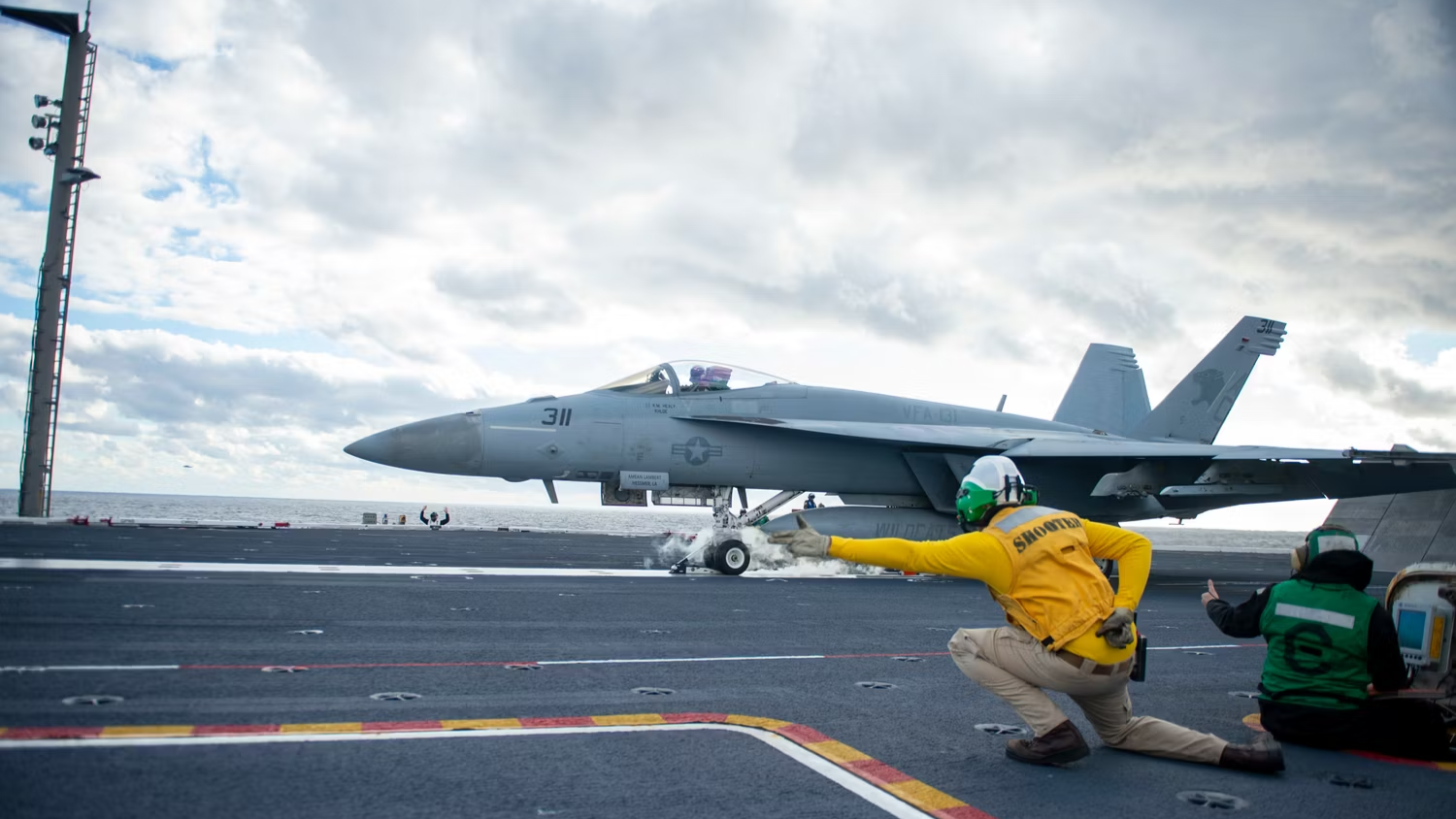
Related
What Do Fighter Pilots Wear In The Cockpit & Why?
Flight suits are made from fire-resistant Nomex.
While pilots’ names may be displayed on the sides of fighters, they do not usually signify that these aircraft are exclusively theirs. Pilots generally start off with mastery of one aircraft before transitioning to other jets, depending on their roles and mission requirements. In this article, we will examine whether fighter pilots fly the same plane every time they take to the skies.
A more straightforward question to answer
Before examining whether pilots fly the same aircraft every day, we can answer a slightly simpler question. On a normal day, fighter pilots will train on and operate a single aircraft type, for which they have been certified for combat missions.
Photo: Aditya0635 | Shutterstock
According to the United States Air Force (USAF), training a pilot on a specific aircraft takes years, making it challenging for pilots to switch between models rapidly. However, as demand needs change, aircraft are retired, and new ones are introduced, the training needs for pilots may change, and adjustments may be made to training flight personnel on different jets.
The Air Force states,
“We employ some of the most advanced aircraft in the world to complete our missions and defend our country. Utilizing extraordinary skill and precision, Air Force Pilots push each aircraft’s limits with complete control. While successfully completing their missions is paramount, their role as leaders and character models, training and commanding crews, is just as important. These skilled professionals deploy around the world to wherever there’s a need as fighters, trainers, bombers, advisers and more.”
The USAF enables its pilots with specific skills and mastery of a particular aircraft, ensuring that pilots hone their skills over time. The Air Force pilot program allows pilots to:
- Become a master of all aspects of advanced aviation
- Plan and prepare for a wide range of missions
- Specialize in a specific aircraft and skill set
- Lead and train a crew
At the start of their careers, pilots will often learn on a trainer aircraft like the Beechcraft T-6 Texan II, after many hours of simulator training. Eventually, they will progress to a specific fighter jet, according to Sky Combat Ace.
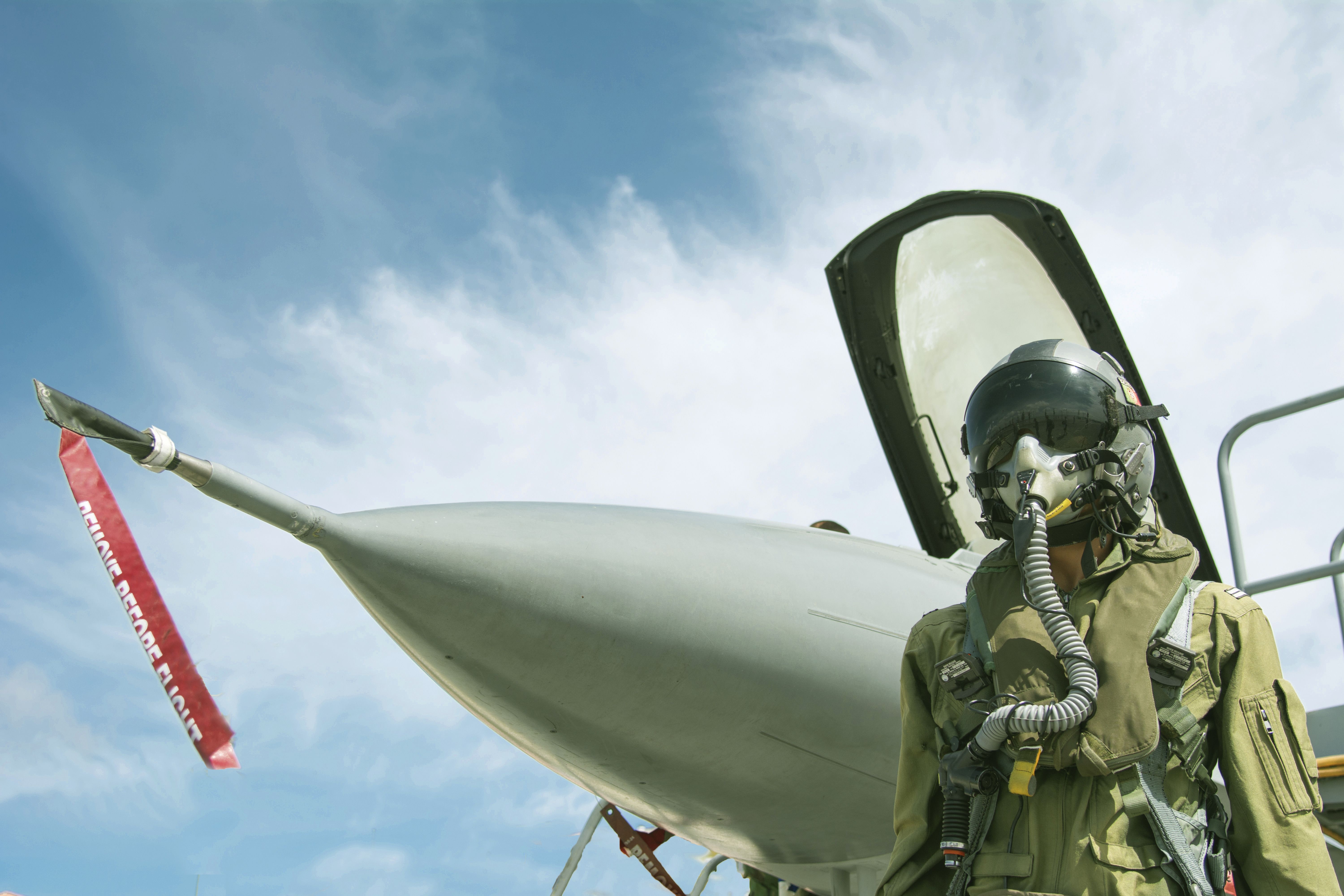
Related
5 Fun Facts About Fighter Pilots’ Flight Suits
Flight suits protect against extreme weather, moisture, and fire.
A longer-winded conclusion
The exact operations of US Air Force and Navy fighter squadrons are often difficult to understand fully and are not ubiquitous across all combat units. Whether or not fighter pilots are given a unique jet to fly depends on multiple factors and varies heavily by squadron and individual officer.
According to posts on Airliners.net, the answer is straightforward from an operational perspective but more complicated when examined through a ceremonial lens. While all fighter pilots in a squadron typically use all the jets, the squadron commander and the wing commander will be given their “own” planes for use during ceremonial events such as air photos.
Under certain circumstances, pilots may even have their names on an aircraft, but they will not exclusively fly that jet. Other issues preclude using just one plane, primarily because fighter jets break down often and require extensive maintenance when they do.
Photo: United States Navy
According to Atlas Blue, pilots will often have the opportunity to specify their desired airframe, but are not always given their first preference. As a result, the military can balance the needs of different squadrons with personal pilot ambition. Pilots, however, do develop unique personal callsigns, as Simple Flying has previously explored.
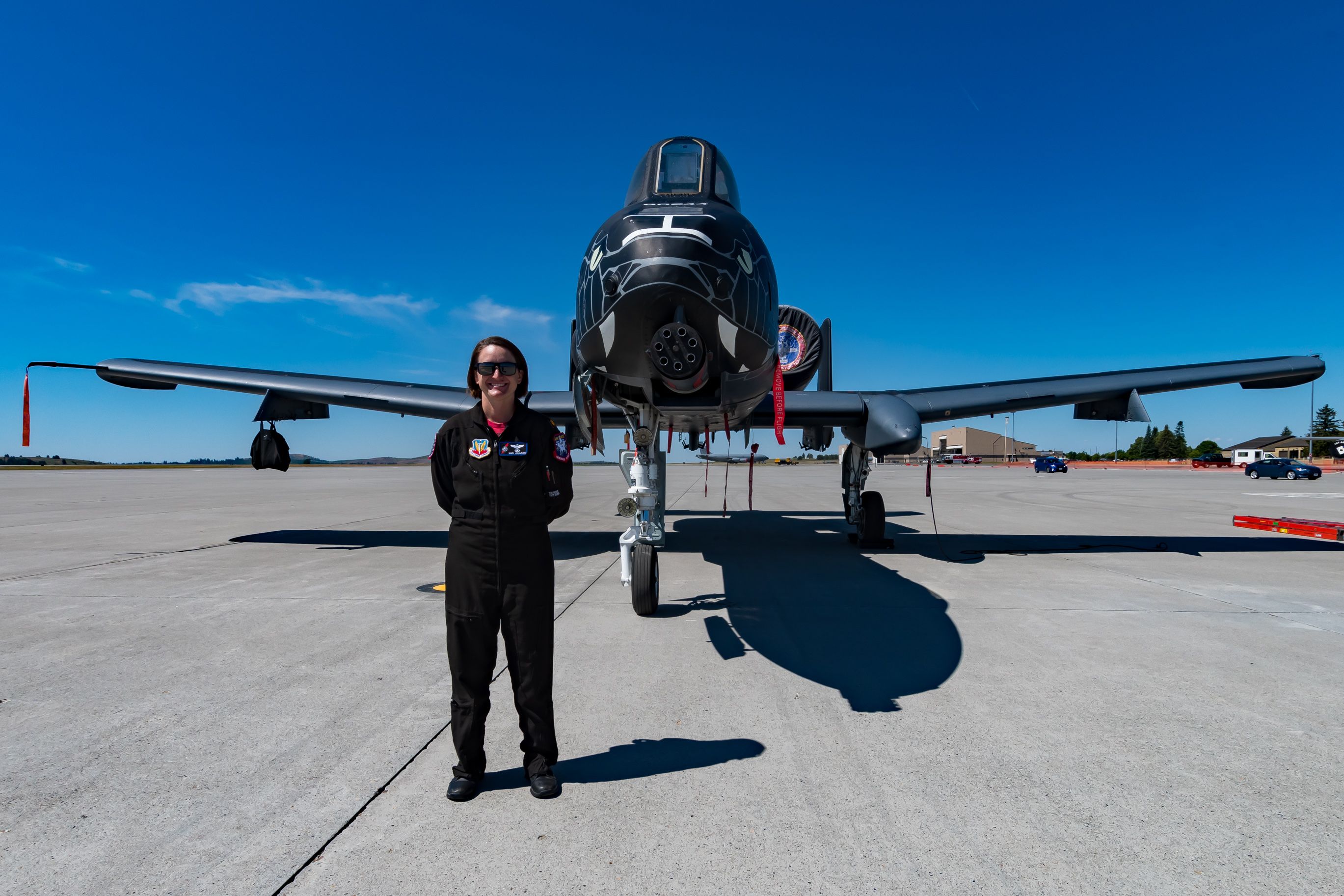
Related
Skyfest: One On One With Major “Mad” Johnson Of USAF A-10 Demo Team
An interview with A-10 Demo Team pilot Maj. Lindsay “Mad” Johnson discussing the A-10C Demo Team’s place in history and more.
What do you make of the fighter pilots’ ability to fly different aircraft for different missions? Have you ever flown in a fighter jet before? Which plane did you fly in, and where? Let us know your stories in the comments.
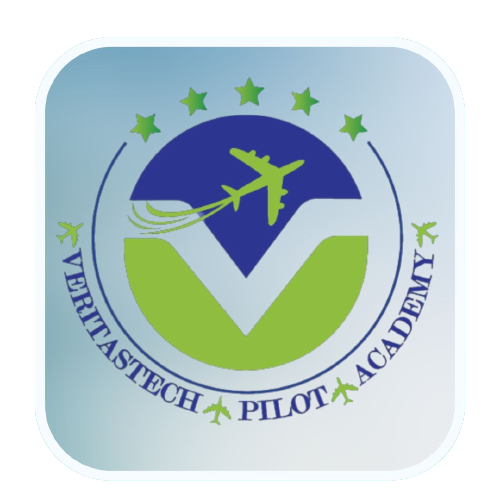

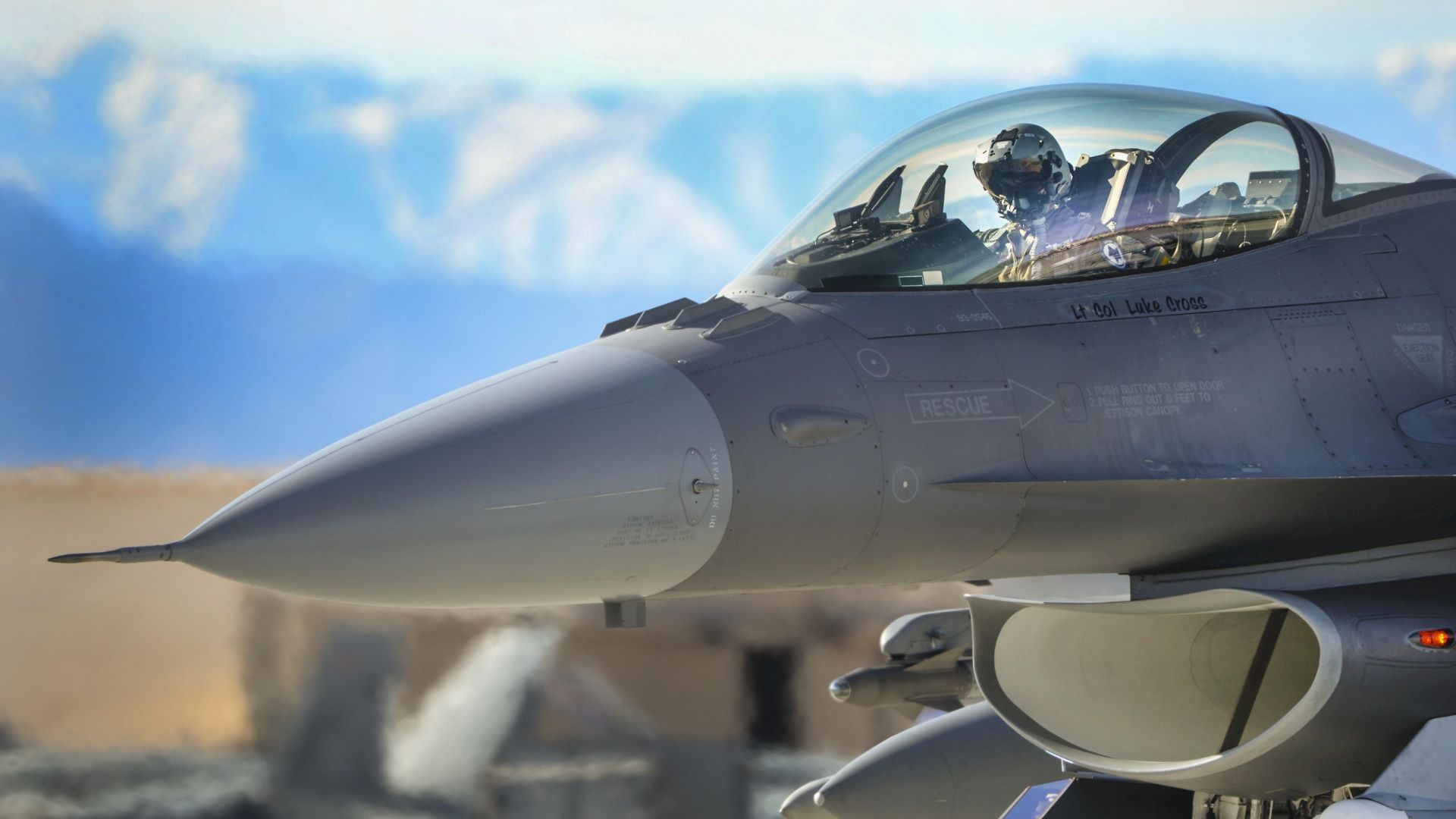
![8394859 - Polish Air Force visits Ebbing ANGB May 6, 2024 [Image 1 of 5]](https://static1.simpleflyingimages.com/wordpress/wp-content/uploads/2024/06/8394859.jpg)
